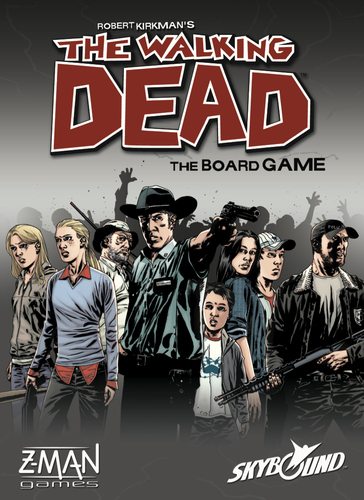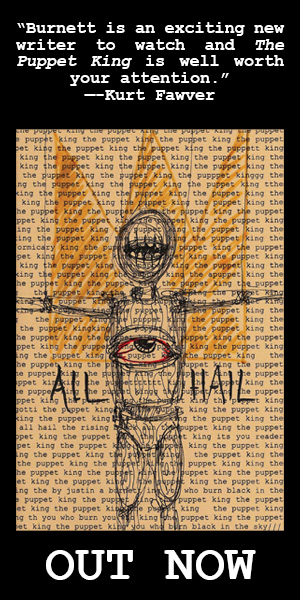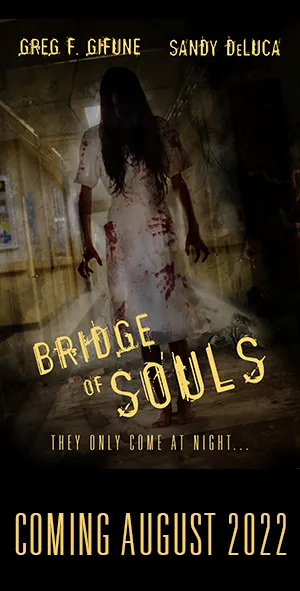
Like the other game, the broad goal of this game is to gather resources and find a safe place to stay. However that’s pretty much where the similarities end. For example, the game board in this game has a much more open map with hexagram tiles, contrasted with the simpler map that the other game had which is basically a square with a plus through it. Another difference is that the resources you gather in this game are there to help you in your quest, rather than being the goals themselves. And while this game does have “encounters” like the other game, the encounters are much more varied. Most of the encounters in the other game were just “kill zombies” with a few others to shake things up. Granted, there is plenty of zombie-slaying in this game, but there is a lot more interaction with the other players.
Now, down to brass tacks. First off, the components. The components are pretty solid. There aren’t any gimmicks like the mousepad-board that the other game has. Just good ol’ quality cardboard for the board and tokens. Please note: There are a LOT of tokens. Keep some sandwich bags on hand… you’re going to need them. The cards are a solid plastic, though a bit too glossy for my preference, though not annoyingly so. In fact, I seemed to be the only person to even note it, so I’m probably in the minority here. Finally there are the dice. I’m no expert on dice materials, but they seem fairly standard. All in all, the components are solid and should last for a while under normal gameplay usage.
The game is played with two to six players, each taking the role of one of the major characters from the comic. (Technically you can play solo, but I don’t find it nearly as fun.) You begin with a starting survivor, another random survivor, and one of each resource: gas, ammunition, and food. Each survivor has one to three dice icons at the bottom of their card, these show how many dice, and of what color you add to your dice pool whenever you need to make a roll. There are four colors of dice, one is best for killing zombies, one is best for non-zombie-killing encounters, one is good for both, and one can generally only be rolled when you use up an ammo resource. This last die will always kill one to three zombies, but you have a fifty-fifty chance of having to put a zombie counter on every hex surrounding the one you are on. It’s definitely a double-edged sword. Using up a food at the beginning of your turn heals one of your survivors of a fatigue (essentially damage/wounds), and using up a gas token allows you to either move an extra space, or move through a hex with a zombie token in it without stopping to fight.
On your turn, you can move up to three spaces away (Though using up a gas token will let you move an extra space). When you move, you put a zombie token on the hex you ended your last turn on, and if you run into a zombie token, you stop moving and must fight the zombies (unless you use a gas token to move past it without stopping). If you end your move on an empty hex, your turn ends. If you end on a hex with one of the resource icons, then you draw an encounter for each icon and resolve them in order.
Like with the other game, encounters are where the real meat in the game is. However, there is a lot more variety in this game. In the other game, the encounters were almost entirely just fighting zombies. Here, zombies are only about half of the encounters. Don’t think you can ignore them though, if you don’t have much in the way of fighting in your dice pool, you can very quickly accrue fatigue. Each of your survivors can take two fatigue without dying, but are goners on their third fatigue. Whenever you face zombies (either in encounters or as tokens) you roll your dice pool. If the number of zombies is greater than the number of “kill a zombie” icons that show up, your group takes the difference in fatigue. Otherwise you killed all the zombies. Congratulations.
The rest of the encounters contain a decent variety of challenges. While some are simple, such as needing to roll a certain number of specific symbols with your dice pool, or having/not having certain amounts of certain resources, others are more complex and require a certain amount of player interaction. Some, for example, require you to pick another player, and that player may then choose to voluntarily discard resources (or not) in order to force you to also discard resources. Hopefully you haven’t pissed them off, because it can easily become a question of “do you hate me enough to spite me by hurting yourself?” More complicated, however, are the cards which essentially force the prisoner’s dilemma on some or all of the players.
If you’re not sure what the prisoner’s dilemma is, well, it’s somewhat complicated and hard to explain in a short amount of time. Basically, it deals with game theory and uncertainty in decision making. It’s never a fun decision to have to make, and it will come up several times in a game. You’d better hope you can trust the other players. (And they’d better hope they can trust you.) You might just find something out about your friends. For example, I’ve learned from playing this game that my wife is never to be trusted with my personal safety. She’s leaving me for zombie food the first chance she gets.
The interesting thing about encounters is that unless the encounter says otherwise, you always get the resources, even if you fail. That doesn’t mean you won’t suffer any ill effects, but it is a nice touch. Each encounter is very different, providing a huge variety of situations. Heck, there are even a few encounters that are more beneficial to fail at. Not many, but a few.
Once you’ve gathered enough resources (and hopefully a couple more survivors), you can try scouting out locations. Well, technically you can do it at any time, but having more resources will usually increase your chances of success. There are three public locations that anyone can scout out and everyone is also given a secret location that they may also scout out. Keep in mind though, there are multiple copies of each location, so it’s possible to scout out a location more than once. You win once you have scouted out three locations. When you scout a location, you take that card and replace it if it was a public location. However, each location you scout out makes the next location that much harder to scout. All you do to scout a location out is enter that location and then attempting to fulfill its requirements. This often, but not always, requires you to succeed at a certain number of encounters, but just as often has different requirements, such as having no fatigue on your characters or having a certain amount of resources. This actually leads to some rather… interesting situations. For example, at one point I was scouting out a location that required me to succeed at an encounter and then have no fatigue on any of my survivors. I drew an encounter, and… the only way to succeed was by voluntarily adding fatigue to my survivors. The only way to succeed was by failing, and yet failing meant success. How zen is that? And that was not the only situation I encountered like that. In any other game it would have been incredibly frustrating. But for some reason it just seemed to fit in the world of The Walking Dead.
Obviously there’s a little bit more to the game than that, so definitely read the rule book, especially for the rules on teaming up with other players.
Well, I’ve provided a couple anecdotes, but how does it play? Very well. The game design is very good and fits mood and themes of The Walking Dead perfectly. I actually managed to play this game with more people than just my regular group and everyone had a good time once they got the rules down and the rules are pretty easy to get. They only look hard at first glance, but once you start playing, they’re actually quite simple. A full game takes maybe an hour to play, so time is rarely an issue. You might have to worry a little bit about arguments arising from players occasionally screwing each other over, both on purpose and accidentally, but that sort of gameplay isn’t nearly as prevalent as it is in other games. (Games such as, say, Mall of Horrors.) One really strange part of this game I’ve noticed is that it favors women. Seriously! I don’t know how, but every single game I’ve played of this, the women playing have had extraordinary luck with die rolls and getting additional survivors while the men have all had average to poor luck with it. I don’t know, I can’t explain it. It’s the strangest thing. I’m no statistician, but I would swear that the odds kept skewing themselves based on the chromosomes of the players.
Most importantly, this game is fun. The variety of encounters and surprisingly large selection of survivors prevents the game from getting repetitive and keeps it more replayable.
Bottom line: This game is a much deeper game than the other The Walking Dead game and it manages to achieve that depth without being complex. You’ll never feel entirely safe since zombies are plentiful, but you’ll be keeping an eye on the other players too, never entirely certain if you can trust them or not. In other words, it it really captures the essence of the zombie apocalypse in general and The Walking Dead specifically. This game is a must-have for any fan of the comics, and a good suggestion for anyone else who’s just looking for a new board game to play.





